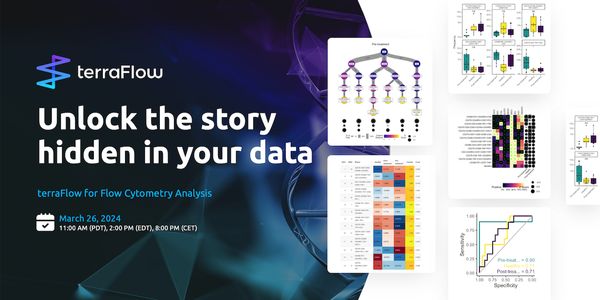NMDA receptor regulation in health and disease
-
Michael Salter, MD, PhD, FRSC
Head and Senior Scientist of Neurosciences & Mental Health, Associate Chief of Science Strategy Research, Sick Kids Research InstituteBIOGRAPHY
Neuron-glial interactions are increasingly recognized as being key for physiological and pathological processes in the central nervous system. Microglia have been found to play a causal role in neuropathic pain behaviours resulting from peripheral nerve injury, and a core neuron-microglia-neuron signaling pathway has been elucidated. Within the dorsal horn, microglia suppress neuronal inhibition by a cascade involving activation of microglial P2X4 receptors causing the release of brain derived neurotrophic factor (BDNF). BDNF acts on trkB receptors which leads to a rise in intracellular chloride concentration in dorsal horn nociceptive output neurons, transforming the response properties of these neurons. In addition to suppressing inhibition, peripheral nerve injury causes activity-dependent facilitation at dorsal horn glutamatergic synapses which enhances nociceptive transmission. This enhancement is mediated by intracellular signaling networks involving serine/threonine and tyrosine kinases within nociceptive transmission neurons. Key for this enhancement is facilitation of NMDA receptor function by Src family tyrosine kinases. Microglia-to-neuron signaling is not only critical for pain hypersensitivity after peripheral nerve injury but also for the paradoxical hyperalgesic effect of morphine and other opioids. We anticipate that by targeting microglia-neuron signaling pathways new therapeutic strategies for chronic pain as well as its comorbid sequelae may be developed.
NMDA receptor regulation in health and disease
Please update your information
Certificate of Attendance
DOWNLOAD CERTIFICATE
Finish Registering
-
APR 30, 2024Immuno-Oncology Virtual Event Series 2024
-
MAY 07, 20243rd International Biosecurity Virtual Symposium
-
JUN 06, 2024The Future of Scientific Conferencing
- See More
-
APR 19, 2024
-
APR 19, 2024
- See More












































